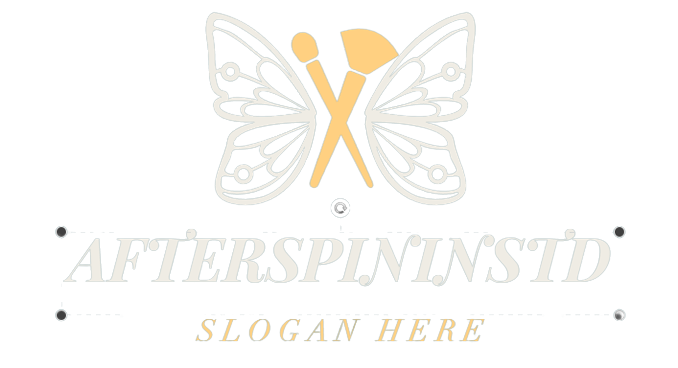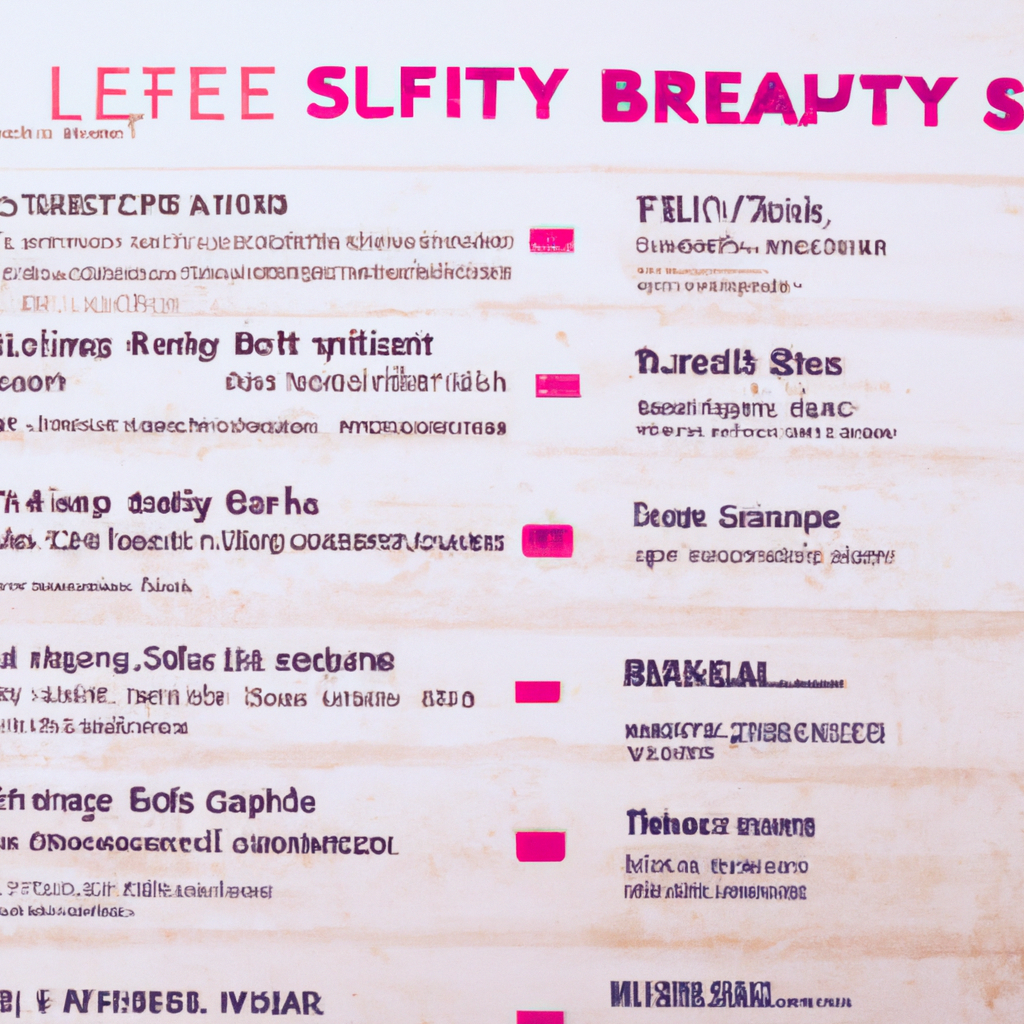When we think about beauty products, we often think of them as items to help keep us looking our best – but there’s a lot more that’s involved than just that. Knowing the proper shelf life of beauty products is crucial not only for maximizing their efficacy, but also for our wellbeing. In this article, we’ll discuss the various aspects of beauty product shelf life – from reviews on longevity to expiration dates – and help you make sure you’re using the right products for your skin.
1. Exploring the Lifespan of Beauty Products
With the growing trends of beauty and cosmetics, everyone is now more conscious about their looks and beauty. However, many of us forget to consider the lifespan of the products we are investing in. Most beauty products don’t last forever, but with good practices the products can be used to their full potential and extend their life.
Cleansers: Cleansers generally last up to 6–12 months. The trick to extending their lifespan is to make sure you always close it securely. This will help keep air from entering and evaporating the product.
Eye and Lip Pencils: From lip to eyeliner, pencils can last up to two years before needing replacement. The key to achieving this is to make sure you sharpen them regularly and use a tissue to clean off the extra buildup.
Foundations: With the right skincare, regular cleaning, and airless storage, your foundation can last up to two years. If you want to get the most out of your foundation, always use freshly washed brushes and sponges to apply it, and try to store it in a cool, dark place.
Lipstick: Lipstick has a life expectancy of 18–24 months. To prolong the life of your lipstick, never store it in a heated area and always make sure the lid on the lipstick is secured tightly after use. Additionally, using a lip brush to apply it will make the lipstick last even longer.
2. The Shelf Life of Cosmetics: An Analysis
When it comes to make-up and cosmetics, do you ever wonder how long it will be good for? While it’s easy to assume that it might not be very durable, this isn’t always the case. Let’s take a look at the shelf life of some of the most commonly used cosmetics and how to identify when they should be disposed of:
Lipstick
- Lipstick typically has a shelf life of 2 years, depending on the type and formula.
- However, if the lipstick smells or tastes off, it should be discarded.
- If you rarely use lipstick, it is recommended to replace it at least every 6-12 months.
Lip Balm
- Lip balm can last for a surprisingly long time, up to 3 years.
- However, if the product changes its texture, it should be discarded.
- It is recommend that you replace lip balm at least every 12 months for optimal freshness.
Mascara
- Mascara should be replaced every 3-4 months due to the high risk of bacteria build up.
- Discarding a mascara too soon will actually make it less effective, so keep your eyes on the clock.
- If the mascara has any changes in the color or texture, toss it out.
3. Uncovering the Secrets Behind Expiration Dates
Expiration dates are one of the most mysterious and least understood food safety topics in the world. Underneath all the confusion about when food can be consumed and when it must be thrown away lies a fascinating story.
What are Expiration Dates?
Expiration dates are the date up to which a product can be consumed safely or sold legally. They are rarely linked to food safety, though; instead, they are typically set for economic reasons, such as to ensure that the food is of the highest quality.
What are the Different Types of Expiration Dates?
There are three main types of expiration dates:
- “Sell-by” date: The date up to which the food should be sold in order to ensure that it is at its peak freshness.
- “Best before” date: The date up to which the food is likely to retain its optimum flavour and texture.
- “Use-by” date: The date after which the food should no longer be eaten, as its safety may be compromised. This type of date is typically used for more perishable items such as dairy and deli products.
How to Tell if the Expiration Date has Passed:
The best way to tell if a food has passed its expiration date is to check for signs of spoilage. This includes discolouration or the growth of mould, changes in texture or smell, and other signs that the food has gone bad. If you are unsure, it is best to err on the side of caution and throw away the food.
4. Deciphering the Reviews: What Consumers Have to Say
As more customers flock to stores and e-commerce websites looking for the best and latest products, reviews become indispensable in helping customers make the right decision. From rating stars to comments, reviews ultimately provide customers with a better understanding of how a product fares in the market.
Initiating a review-check is essential for prospective-customers who want an accurate overview of a product. The means to which they can get this is by taking a look at reviews. Thankfully, reviews for new and existing products are abundant online, leaving potential customers with an impressive scale of options.
- The ratings stars in a reviews section give a quick breakdown of customer sentiments.
- The comment section, meanwhile, handles the more detailed analysis of the product.
- Generally, positive reviews indicate that the product is highly recommended.
Customers can also see if a product is truly worth buying by gauging how the majority of reviewers responded to it. If many reviews are positive, then there’s a good chance the product is worth investing in. However, customers should be wary of over-reliance on these reviews. After all, there’s no guarantee review internals have always had the best experience with the product. That’s why customers should take a closer look at the posts to determine if the product is a right fit for them. Nevertheless, reviews should remain as useful references that help customers make an informed decision.
5. Beauty Product Longevity: A Final Verdict
Beauty product longevity extends beyond expectations: a little bit of product can go a long way. Studies have shown that most products, with proper care and care taken to consider external factors, can last for long periods of time. Ultimately, it’s up to the individual to make sure that they get the most out of their cosmetics. Below are some tips on how to get the most out of your beauty products and keep them lasting long:
- Always store your beauty products in a cool, dark area out of direct sunlight.
- Be mindful of expiration dates, and exercise caution when using products past these dates.
- Clean your makeup brush regularly to prevent any bacterial build-up.
- Buy travel sizes of products. This will help you to ensure that your products don’t expire and run out before you have a chance to use them up.
In the end, beauty product longevity really comes down to how you use and take care of your products. Taking proper care of your cosmetics can help you to maximize the lifespan of your products and keeps them looking fresh for longer periods of time. Make sure to always read the product label instructions and take care of your products so that you can get the most out of them.
So, the final verdict on beauty product longevity? It generally depends on the individual’s proper care and due diligence in making sure the products are taken care of.
From drugstore cult classics to prestige market favorites, properly understanding cosmetics’ shelf life is essential. We hope you now feel informed and empowered to select beauty products with freshness, safety, and effectiveness in mind. With the right combination of knowledge and care, you can make sure your beauty routine is always on point!




